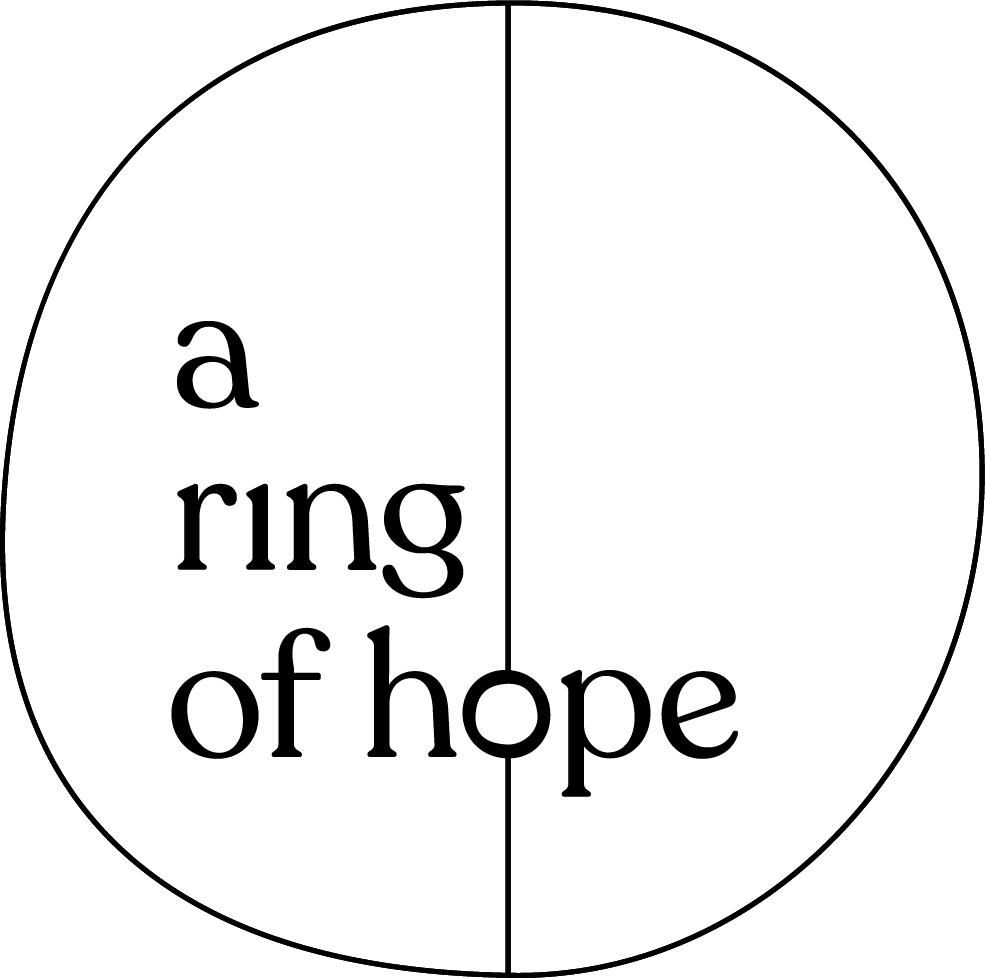
Baraka Orphanage
All of A Ring of Hope’s current efforts are going toward empowering the children and the community of Kosele, Kenya. The people of Kosele know what they need most, so we have deferred to them for direction on where to give aid. Presently A Ring of Hope is the funding arm of Baraka Orphanage. We have partnered with Charles Juma (who is a Kenyan native) to finish the construction and help establish “A Ring of Hope” for the children of Baraka Orphanage.
We know that every person has a unique perspective from which they view the world. And our hope is that everyone has an opportunity to truly understand the outreach and impact that A Ring of Hope offers in each of the communities we assist. If you have questions about our current project, we encourage you to send them to us at info@aringofhope.org. Check back to see new questions and answers added here.
Below is a Q&A between Charles(our partner in Kenya) and Courtney(Director of Development).
__________________________________
What is the story behind the land on which Baraka Orphanage sits?
“I bought the whole property piece by piece at four different times while I was in the US. An old friend of mine from [Kentucky] helped me some with raising funds to buy the land. In fact, the same friend (...) helped some with the construction of the first building on the property, the building that is now the boys’ dorm.”
Is there electricity? Running water? Plumbing?
“1. ELECTRICITY: We have not yet installed electricity on the property, but we do have power lines right on the ground, so that when we are ready, we will just need to apply for the services. All the piping and wiring is already done on the building.
2. RUNNING WATER: Given the importance of water in an institution like this, we will have several sources of water for the community. We already have a water well on the ground. We will also harvest rainwater from the roofs of the orphanage buildings. Finally, we will also have running water from the county government. We currently do not have it, but we will get it at the right time.”
What is the rooming situation? How many kids will be in each room and what will be the bed situation?
“At the beginning, we will have two kids in each room. Eventually, we will most likely have four kids in one room, if that becomes necessary. There will be two bunk beds in each room. Let me just mention that we will grow slowly by design. The emphasis will not be so much on numbers. Quality will be our primary focus. Getting numbers will not be a problem, but I want it to happen only as quality is guaranteed.”
What are the ages of the children who will be in the orphanage?
“At this point and time, I believe we will focus primarily on the ages between kindergarten and 8thgrade. Things may change with time as much more evolution happens with the orphanage.”
What kind of access to medical care is there in Kosele/near the orphanage?
“Right across the road, we have a medical facility called Simbiri Clinic. It is not the best, but for minor medical issues, I think it will do just fine. Then, there is another public clinic they just built at the Kosele Center. That is less than two miles. This also will be available for medical services. Then we have Gendia Mission Hospital…about 5 miles from the orphanage. This is a much bigger hospital that offers a lot more medical services in the region. Then, we have Oyugis town with more different kinds of hospitals…private and public. Finally we have Kisii and Homa Bay county hospitals within 40 miles distance offering more complicated medical services. So I think we are in good shape.”
What does health insurance cover? Is it similar to the Western idea of Universal Healthcare?
“Dealing with health insurance companies here in Kenya is so difficult and unpredictable. They will tell you one thing when you are about to buy a policy with them but then turn around and tell you they meant something else. But let me just note that the answer to your question depends, for the most part, on the kind of insurance you buy and the company you buy it from. In other words, if you buy your policy from the government one (National Hospital Insurance Fund…NHIF), you will probably pay less, but the services will be limited in scope. If you buy your policy from some private companies, the policy will cost more, but it will offer you more services. But again, it depends on the kind of policy you buy. I am still working on exploring the different options we have available out there.”
For the sake of understanding the challenges around food provisions, how many people does a cow feed?
“That's a very good question, and I am so glad you are asking. In order to answer the question, I need to give you a little orientation to the African culture. In the west, we have to figure out how many people can feed on one cow. In other words, exact numbers matter. Thus, we divide a cow according to the number of people who can feed on it. In Africa, the simple answer is that the whole village gets to feed on the same one cow...no matter how big or small the village is. Sharing is understood and taken more literally in Africa than it is in the west. So in the African context, a cow is big enough to feed the whole clan. We don't have to quantify that into a specific number.
Still, I must wear my western hat and give an answer to your question. I think between 300 to 500 people can easily feed on one cow.”
Jamie Jockwig and Charles Juma

